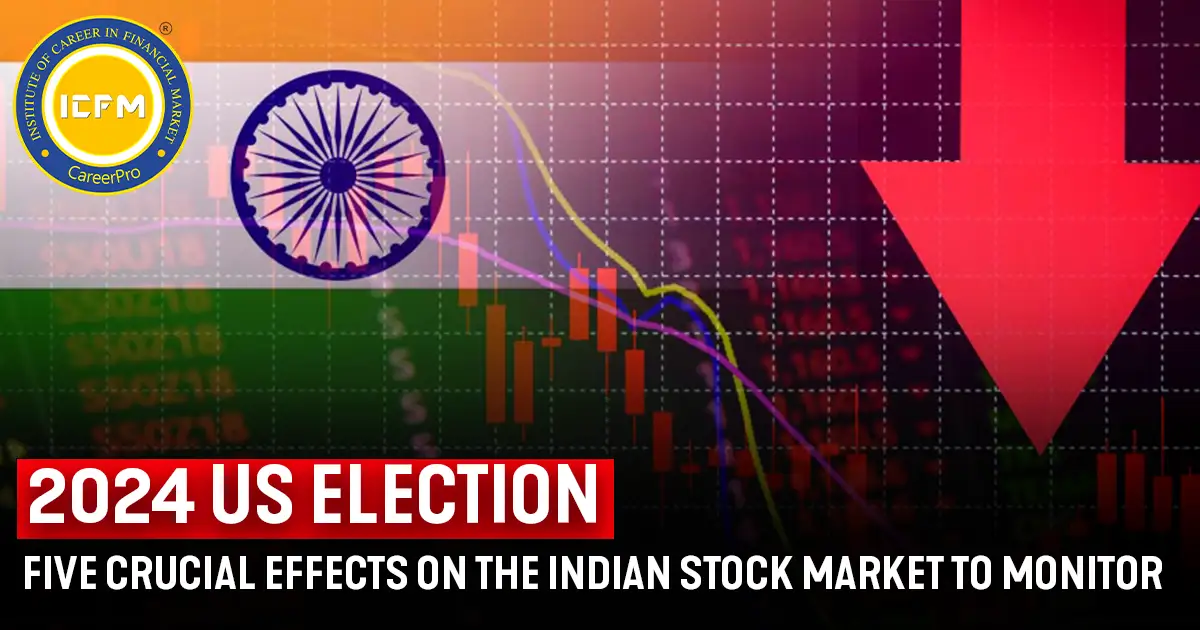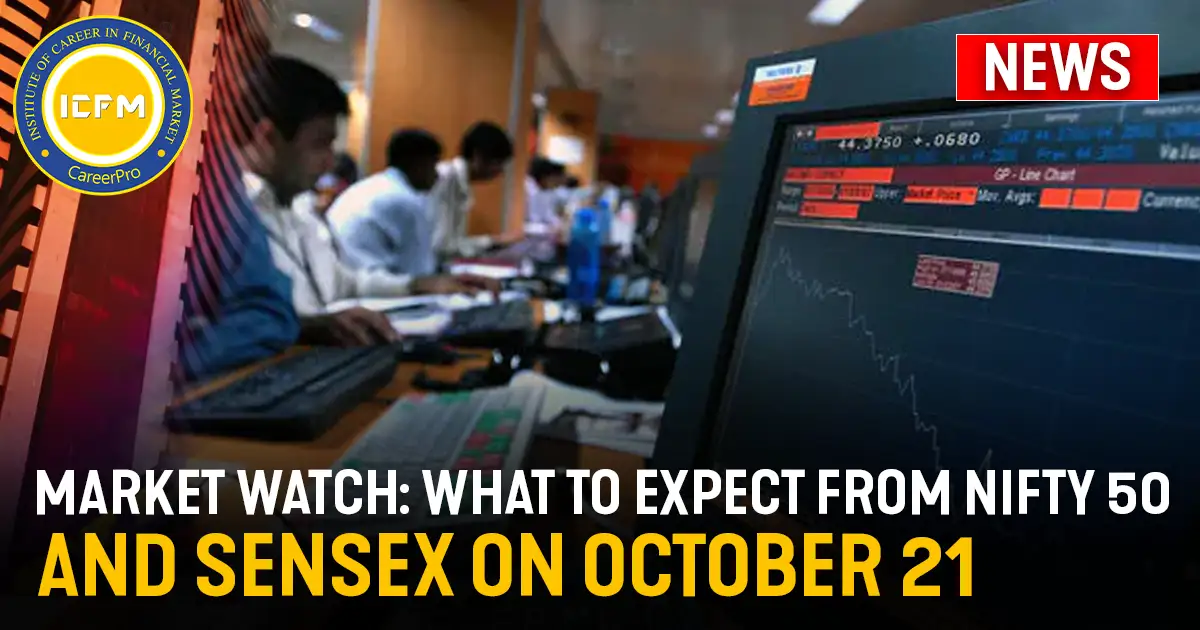Indian Stock Market Crash Over Geopolitical Tensions
Mumbai: Oct 3, 2024: Bharat's main stock market crashed yesterday and benchmark indexes Sensex and Nifty 50 opened nearly 1% lower. Weak global cues and the deepening of geopolitical tensions in the Middle East, especially the fear of an Iran-Iraq war, have triggered this crash.
The benchmark Sensex fell 1,264.20 points or 1.50% to 83,002.09, whereas Nifty 50 was lower by 344.05 points or 1.33% at 25,452.85, down 3% in the last four sessions. All sectoral indices reported large losses except Nifty Metal, with the steepest drop in Nifty Auto, Nifty FMCG, and Nifty Realty.
Market capitalization had plunged by a whopping over ₹5.5 lakh crore to slip down to about ₹469 lakh crore. Contributory factors included mixed cues from Asian markets, changes in the trading rules of derivatives unveiled by the Securities and Exchange Board of India (SEBI) and rising crude oil prices in the midst of Middle Eastern tensions.
Critical Factors Responsible for This Crash:
1. Iran and Israel War : Iran fired about 200 missiles in response to the Israeli strike and casualties in the civil population are being reported in Beirut. The military action by Israel against Hezbollah has raised further concerns of a larger conflict.
2. SEBI's F&O NEW RULES: SEBI tightened up its guidelines for trading equity derivatives, increased transactions charges, and curtailed options contracts. Critics argue that it might dampen market innovation and participation.
3. Rising Crude Oil Prices: The fear of more conflicts in the Middle East pushed Brent crude futures to $74.82 a barrel, leaving further pressure on an import-dependent Indian economy.
4. Selling by Foreign Institutional Investors: FIIs sold equities worth ₹5,579.35 crore on October 1, after selling equities worth ₹2,350.23 crore on Wednesday. The domestic investors, on the other hand, bought equities worth ₹4,609.55 crore.
5. Techincal Analysis: Nifty 50 has moved below important support levels, bringing the threat of selling again.
Market analysts were careful and urged traders to book the profits near the resistance zones until better entry points are noticed.








